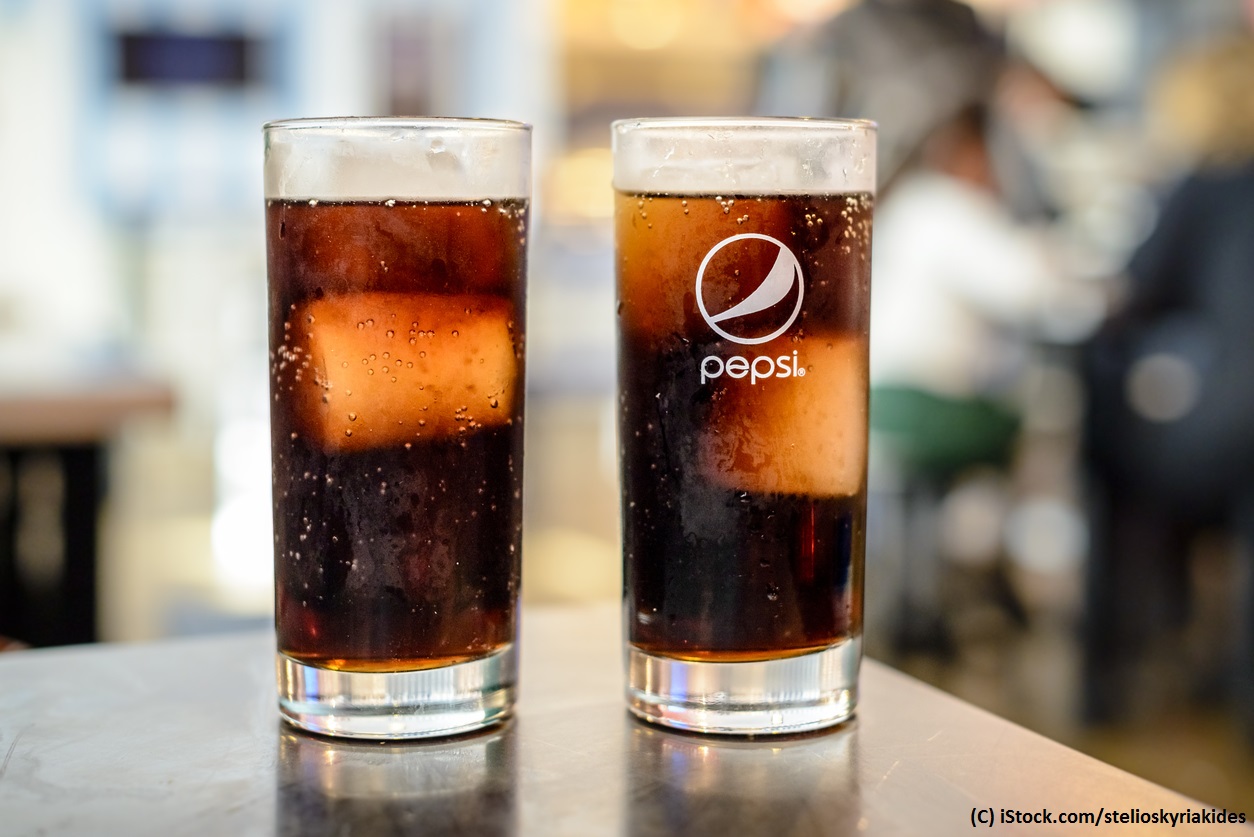
Target, United, Google, Starbucks, Wells Fargo, and most recently Pepsi are members of a short list of brands that have damaged their image and their stock price via avoidable self-inflicted wounds.
Even after receiving vast social media and press backlash, brands continue to shoot themselves in the foot and seem not to learn anything.
Lucky for all these brands, the self-inflicted wounds have not proven fatal.
But it is only a matter of time before a brand’s self-inflicted wounds may prove fatal to more than the brand’s marketing team or its senior executive and management team.
In part, it is the mood of the times—instant publicity that cannot be controlled and stories run wild on social media. These generate their own energy. Stories end up being spread into general news and take on a life of their own. The news cycle keeps spinning, and the damage increases.
Being social
Brands need to be as socially active as possible, but I also believe that social positioning needs to be part of a brand’s messaging.
Brands need to have a crash-and-burn avoidance policy as part of their messaging plans and must follow that policy.
Think of the marketing cost to the brand to repair the damage or to stop the negativity impacting an ongoing, existing go-to-market strategy.
Messaging strategy is a foundational element, a benchmark of everything that is a brand. Be careful and define your brand messaging and marketing messaging to best support the positive aspects of the brand’s social activity.
If you are a socially active brand, you need to have a rubric, a measuring device, that limits your actions based on your messaging strategy from straying too far and causing damage to the brand.
A balance of interests
Let us all be real here. Nearly all brands are profit-based institutions that not only have shareholders to deal with but also customers, and even employees. The messaging balance that needs to be developed to keep all three segments happy is very difficult to achieve.
Messaging is part of your brand’s development, and negative messaging is part of your brand’s de-construction. De-construction of a brand can be a good thing as long as you reconstruct the brand and learn from the errors of the past.
The brands listed above have one critical element in common— it was not until you-know-what hit the fan that they explored and began presenting an adequate solution.
But to defy your brand’s messaging and allow events that are brand-and market-driven to damage your efforts may be destructive to such a degree that you may not be able to reconstruct your brand to counter your negative exposure.
If you agree that your messaging needs to be specific in order to target audiences that you wish to reach, then you need to properly weigh the scope of your market, your market share, and balance your public messaging to please all aspects of your base. Unfortunately, this can be a nearly impossible goal to achieve.
I am certainly not advising that brands not be socially active or aware and not express public social-based opinions. What I am saying is that, in our new world of digitally based, immediate media, every brand may need to re-think, re-write, and re-present its messaging strategy.
You cannot please everyone
Brands are damaged or may become damaged goods to a segment of their base no matter what they do.
Look at Target and the 6% decline in sales and the added cost to be in front of what they considered to be a social issue. Add the over $20 million it cost to change their stores. Someone in the senior management team should have reviewed their messaging prior to making a change and should have made sure that the change was effectively incorporated into their messaging strategy.
The issue is not that brands should not attempt to promote social change. Instead, while brands need to be part of social change, they must also protect themselves. They must be certain that the social change being promoted is based on a pre-measured, understood, and valid marketing and media strategy.
Brands need to have as part of their messaging a nuclear option—what will they do and say if they incur self-inflicted damage to their brand. Having an emergency response segment of their messaging strategy will not only help in repairing their damage but also may very well limit or eliminate the damage in the first place.
Media, all media, have taken on a dimension, a life of their own, self-driven, self-perpetuating, and ever-influencing and impacting the marketplace.
It is time that they start to understand the impact that using all these media can have on the brand, especially media that they have no control over.
Digital media and legacy media are like a magic wand. They can bless you with the fulfillment of your wildest dreams, or they can be the bane of your marketing existence. So be prepared for the worst.
Media have value but independent media seem to be developing a “soul” or a vision of their own, a soul or vision that cannot be turned off when the brands demands that negative stories be ignored.
The days of pulling ads in order to soften the negatives of a damaging story are gone. Brands need to prepare for a new world, a world of media-driven messaging that they cannot control, but which they must be prepared for and correctly respond to.





